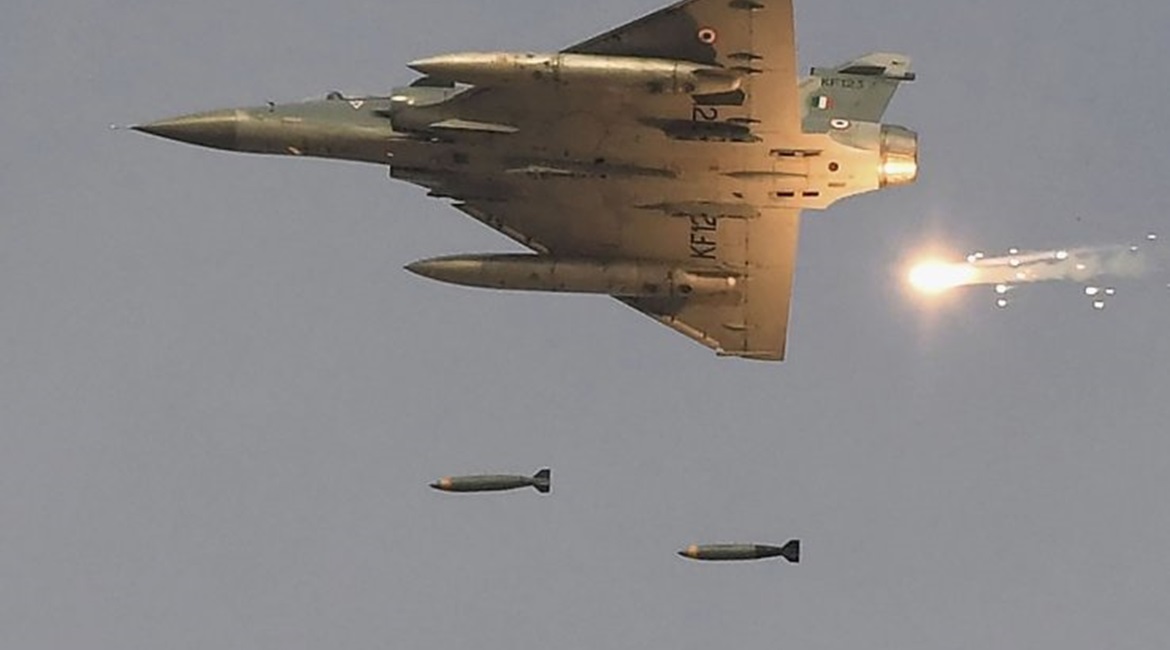
India and Pakistan appeared to be stepping back from the brink of open conflict at the time of writing, with Pakistan handing over an Indian pilot on 1 March who was captured following the first dogfights over the Line of Control (LoC) between the two countries in Kashmir since 1971. A long-established protocol prohibits fixed-wing aircraft from both countries from operating within 10 km of the LoC without informing the other side beforehand.
Pakistani Prime Minister Imran Khan said the release of the Indian pilot, identified as Wing Commander Abhinandan Varthaman, was a “peace gesture” intended to de-escalate the situation.
The series of hostile actions were initially sparked by a suicide car bombing in Indian-administered Kashmir on 14 February that killed more than 40 Indian paramilitary personnel and badly injured at least two dozen others. In response, the Indian Air Force (IAF) conducted airstrikes against militant training camps in Pakistan on 26 February, marking the first time that IAF combat aircraft had crossed the LoC in Kashmir since the 1971 conflict.
The airstrikes targeted an alleged militant camp in Balakot, 50 km from the LoC in Pakistan’s northwestern Pakhtunkhwa province. Indian sources stated the camp was occupied by the Islamist Jaish-e-Mohammad (JeM) group, which had claimed responsibility for the suicide car bombing.

An Indian Air Force Mirage 2000 drops freefall bombs during the 'Vayu Shakti 2019' firepower demonstration at the IAF's range in Pokhran, Rajasthan, on 16 February. Ten days later Indian Mirage 2000s were dropping ordnance in a live operation over Pakistan-controlled Kashmir. (Prakash Singh/AFP/Getty Images))
Looking to read the full article?
Gain unlimited access to Janes news and more...






